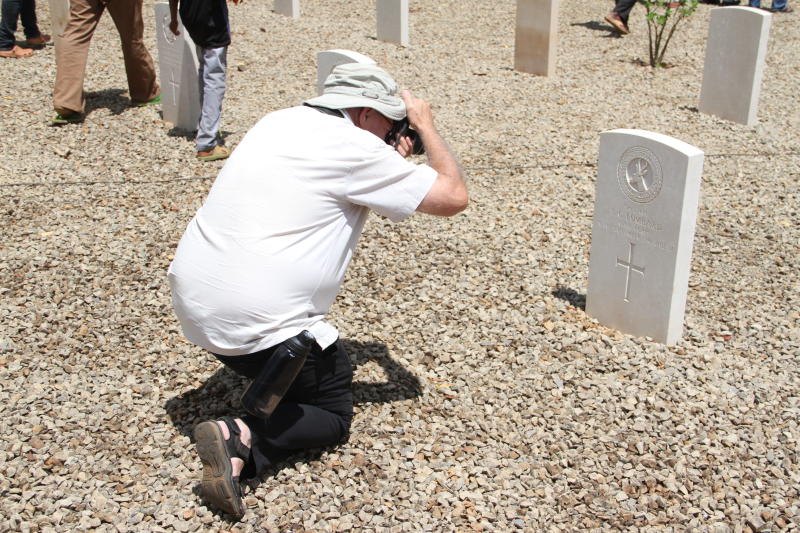×
The Standard e-Paper
Truth Without Fear

Which is the best way to spend a weekend outside Nairobi? Many will give a quick answer, visit a national park or your parents or grandparents in the countryside.
Many Nairobians long to let off emotional steam outside the economic boiler that Nairobi and other cities are.